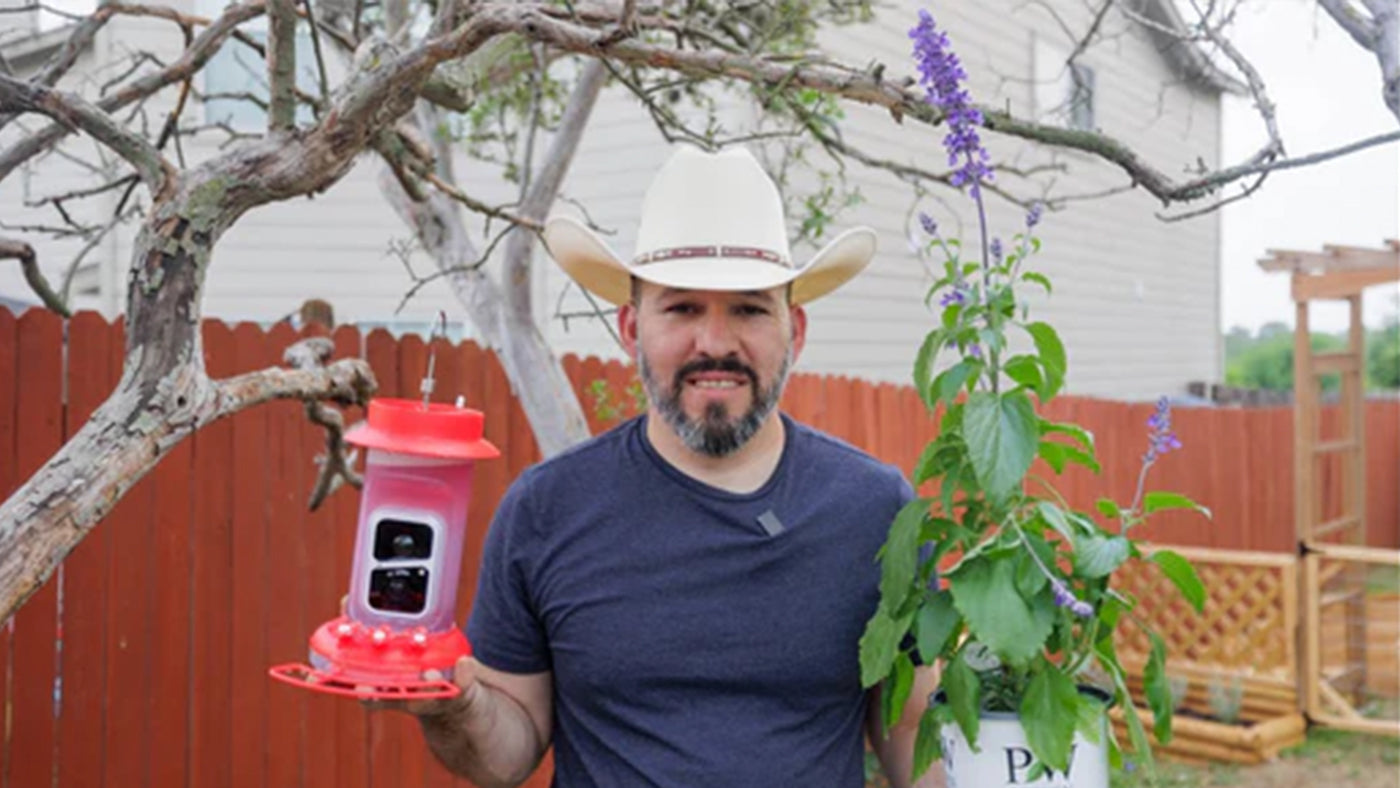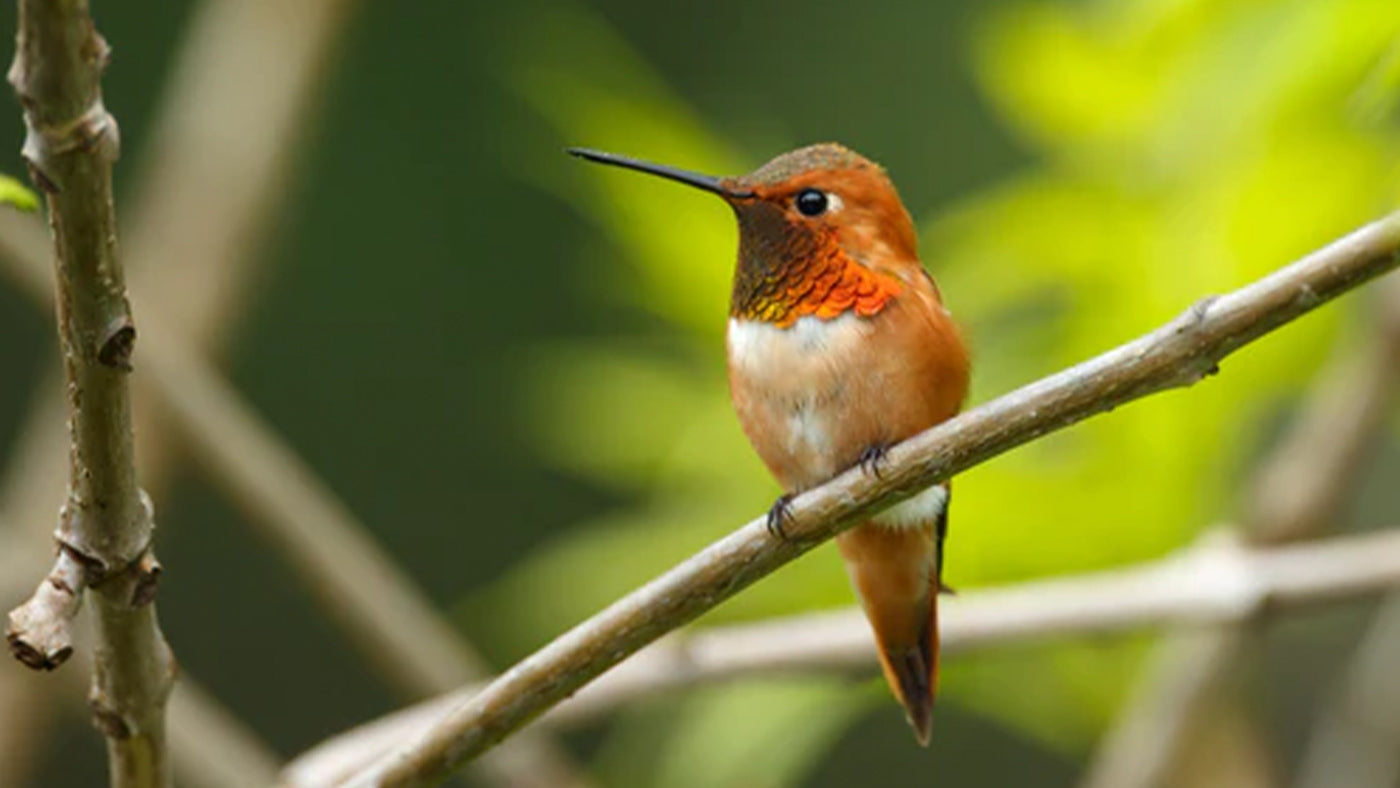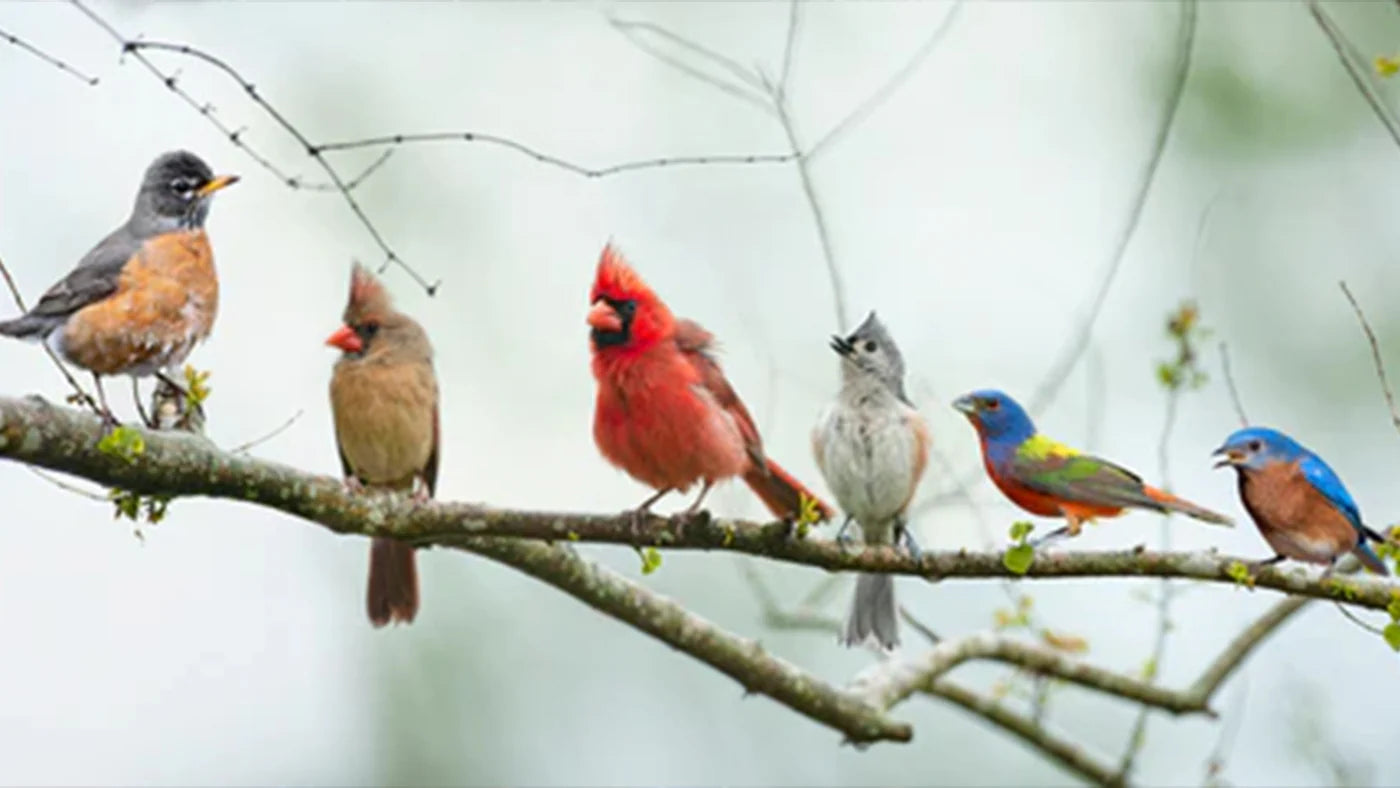Gardening offers an array of delightful experiences, from the visual splendor of blooming flowers to the captivating fragrances that waft through the air. However, the presence of nature, especially pollinators, adds a deeper layer of enjoyment and vitality to any garden. The YouTuber @GardenObsessions shared his experience creating a pollinator-friendly garden.
The Role of Pollinators in the Garden
Pollinators play a crucial role in the health of our ecosystems. In gardens, they contribute significantly by facilitating the pollination of many plants. One such plant is the Esperanza, prevalent in Southern Texas, known for its trumpet-like flowers which are adept at attracting a variety of pollinators due to their shape conducive to nectar extraction.
Another favorite among gardeners is the Meteor Shower Verbena. This upright grower is particularly accessible to hummingbirds, who prefer feeding from taller blooms that spare them the need to hover too low to the ground. It's not just these two plants; numerous annuals and perennials can attract pollinators. For instance, the low trailing and mounding varieties of Verbena, such as Peachy King and Sparkling Amethyst, are also popular. These plants are not only visually appealing with their vibrant colors but are also loved by pollinators.
Hummingbirds: A Garden's Delight
Among the various pollinators, hummingbirds hold a special place in many gardeners' hearts. Known for their small size and acrobatic flying skills, these birds are a joy to watch. Plants like Salvia, especially prominent in Texas, are year-round attractors of hummingbirds due to their almost continuous blooming cycle.
Additionally, daily flowers are particularly appealing to hummingbirds making their migratory journey north from Mexico. These flowers provide essential nutrients and energy these tiny birds need to sustain their long flights.
Enhancing Hummingbird Watching with Technology
For those looking to attract hummingbirds but lack a large garden, technological solutions like the smart hummingbird feeder equipped with a wireless camera can be a game changer. This device not only feeds the birds but also allows enthusiasts to observe these beautiful creatures through a live feed without disturbing them. This feeder is particularly user-friendly, coming equipped with cleaning brushes to maintain hygiene and multiple feeding ports to cater to several birds simultaneously.
The setup is straightforward, involving a mobile app that pairs with the feeder's camera, allowing real-time observation and recording. This modern approach to bird watching enhances the traditional gardening experience, providing a unique way to engage with nature.
Gardening is not just about cultivating plants but creating a vibrant ecosystem where nature thrives. By choosing the right plants and possibly incorporating technological aids, one can enjoy the dual benefits of beautifying their space and supporting local wildlife, especially pollinators like hummingbirds. Whether you're a seasoned gardener in Texas or a novice with a small backyard space, the joys of gardening are accessible to all, promising both beauty and a sanctuary for nature's marvels.
The Role of Pollinators in the Garden
Pollinators play a crucial role in the health of our ecosystems. In gardens, they contribute significantly by facilitating the pollination of many plants. One such plant is the Esperanza, prevalent in Southern Texas, known for its trumpet-like flowers which are adept at attracting a variety of pollinators due to their shape conducive to nectar extraction.
Another favorite among gardeners is the Meteor Shower Verbena. This upright grower is particularly accessible to hummingbirds, who prefer feeding from taller blooms that spare them the need to hover too low to the ground. It's not just these two plants; numerous annuals and perennials can attract pollinators. For instance, the low trailing and mounding varieties of Verbena, such as Peachy King and Sparkling Amethyst, are also popular. These plants are not only visually appealing with their vibrant colors but are also loved by pollinators.
Hummingbirds: A Garden's Delight
Among the various pollinators, hummingbirds hold a special place in many gardeners' hearts. Known for their small size and acrobatic flying skills, these birds are a joy to watch. Plants like Salvia, especially prominent in Texas, are year-round attractors of hummingbirds due to their almost continuous blooming cycle.
Additionally, daily flowers are particularly appealing to hummingbirds making their migratory journey north from Mexico. These flowers provide essential nutrients and energy these tiny birds need to sustain their long flights.
Enhancing Hummingbird Watching with Technology
For those looking to attract hummingbirds but lack a large garden, technological solutions like the smart hummingbird feeder equipped with a wireless camera can be a game changer. This device not only feeds the birds but also allows enthusiasts to observe these beautiful creatures through a live feed without disturbing them. This feeder is particularly user-friendly, coming equipped with cleaning brushes to maintain hygiene and multiple feeding ports to cater to several birds simultaneously.
The setup is straightforward, involving a mobile app that pairs with the feeder's camera, allowing real-time observation and recording. This modern approach to bird watching enhances the traditional gardening experience, providing a unique way to engage with nature.
Gardening is not just about cultivating plants but creating a vibrant ecosystem where nature thrives. By choosing the right plants and possibly incorporating technological aids, one can enjoy the dual benefits of beautifying their space and supporting local wildlife, especially pollinators like hummingbirds. Whether you're a seasoned gardener in Texas or a novice with a small backyard space, the joys of gardening are accessible to all, promising both beauty and a sanctuary for nature's marvels.




Leave a comment
This site is protected by hCaptcha and the hCaptcha Privacy Policy and Terms of Service apply.